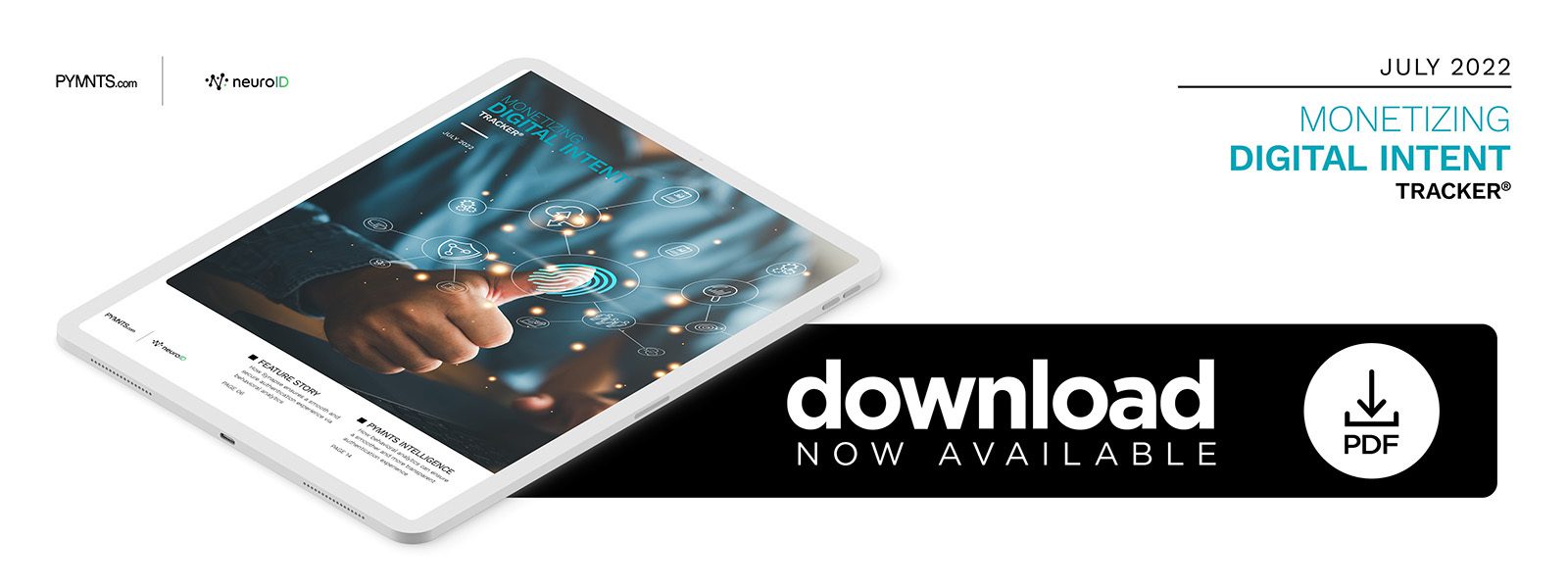How Synapse Ensures A Smooth And Secure Authentication Experience Via Behavioral Analytics

User authentication is a critical tool for any organization that deals in personal or financial information, as identity theft runs rampant in the modern business world. Companies must continually prove that customers are who they say they are and not bad actors in disguise, leveraging stolen personally identifiable information (PII) or purchased credentials from dark web marketplaces.
This ordinary task poses a substantial challenge to maintaining a smooth user experience, however, and any compromise on quality in the customer journey carries a massive opportunity cost. Consumers have many alternatives when it comes to where they do business and can easily jump ship if a company’s onboarding experience is too onerous. Any verification must juggle the competing goals of security and convenience.
“When it comes to onboarding, the most important thing is [determining] the likelihood of identity theft … while also having a very streamlined and simple onboarding process,” Sankaet Pathak, founder and CEO of banking-as-a-service platform Synapse, told PYMNTS in a recent interview. “You want to be able to ask the customer for the least amount of information you can while still being able to do the assessment you need.”
These goals might appear to be incompatible, but Pathak described how Synapse uses behavioral analytics technology to fulfill both, ensuring an authentication experience that is not only secure but also seamless.
The importance of smooth and secure user authentication
Ensuring smooth yet secure user authentication is imperative when customers onboard, as this step presents the greatest opportunity for an identity fraudster to infiltrate a company’s system. Onboarding is also the foundation for the entire relationship, so a bad experience there can set the tone for the rest of the customer journey — if not curtail it completely.
“The first step is verifying somebody’s identity and making sure you have as high a sense of certainty [about it] as you can,” said Pathak. “You need to run them through all the sanction screenings, tests and blacklists, and then onboard them [smoothly] and enable payment processing.”
Seamless and secure authentication is vital not just in this first step, however, but also for the entire length of the customer relationship, as any login or transaction could potentially be the work of a bad actor.
“The second big test is ongoing usage, which is how they use the platform on a constant basis,” Pathak continued. “We need to determine if they are trying to launder money or if they are trying to defraud the platform throughout the life cycle of a customer. Identity verification might be most important at the top end, but after that, it is still important during their usage of the platform.”
Ongoing monitoring of customer behavior for fraud prevention could be an arduous task, but behavioral analytics can make short work of it.
Enabling smooth authentication through behavioral analytics
However invisible an identity fraudster’s trail may be to a human cybersecurity expert, a precise behavioral analytics engine can discern it immediately by detecting unique keystroke and swiping patterns.
“When you’re trying to steal an identity, you end up giving off signals in some form,” said Pathak. “These signals tell us when you’re either trying to hide something or there’s tons of inconsistencies in your overall digital identity. This doesn’t necessarily mean that you’re a fraudster, but it definitely means we need to double-click and collect more information.”
These analytics processes are imperceptible to legitimate customers, making for an effortless user experience. The systems reduce the need for obtrusive identity checks such as passwords, further improving the customer experience and reducing the risk of abandonment.
“If you are who you say you are, your documents are going to be more consistent,” said Pathak. “You’ll be using an email you’ve had for years and your own Social Security number, and you’re going to be able to plug those very fast into two-factor authentication. If I exhibit the behaviors of someone who’s had my own identity for a long period of time, I should be allowed to go through these steps much faster than someone who’s essentially imitating other people’s behavior.”
This smooth user experience combined with a reduction in fraud losses can add up to huge savings for businesses. Behavioral analytics could be the key to finding a perfect balance between security and seamlessness.
